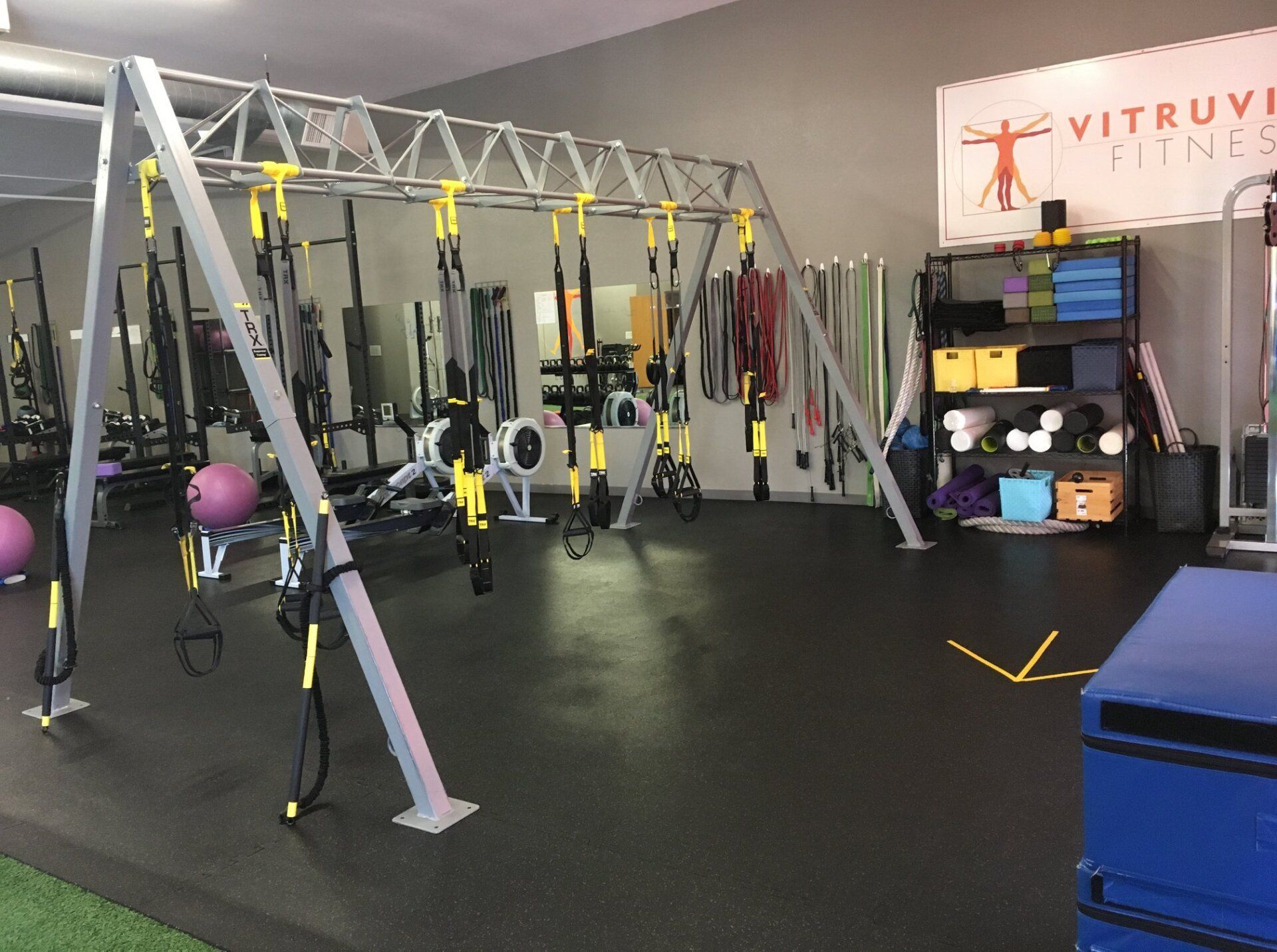Cycling Club Supplies Checklist
For those of us who are riding the Triple Bypass and/or Copper Triangle and/or any other epic cycling adventures this summer, here is a supplies checklist that you’ll want to start working on as soon as possible. Some of these items come loaded with enough options that you might have questions so, I’ll try to address these as I go. If I’ve missed anything or you’re wondering about something not on the list, bring it up in the comments!
Clothing
Long rides in the mountains always mean dramatic changes in the weather while you’re riding. Once you’re miles from the car, there’s no going back so, you’ve got to carry it all on you. Here’s my list of essentials w/ commentary.
- Helmet — mandatory
- Cycling Shorts or Bibs
- In this case, you will absolutely get what you pay for. Resist the urge to make this the item you choose to save money on. Padding, seams, number of panels, length — these are all things to consider. You’re going to be sitting on your bum for a very long time both on these rides and during training.
- For all riders, bibs are significantly more comfortable than cycling shorts. Ladies however, check in with other lady experts on the subject. The inconvenience of how to relieve yourself may overwhelming disqualify any comfort improvements you get from the bibs.
- Chamois Creme
- This will be the first season I experiment with it. People who use it, swear by it. We’ll see.
- Short Sleeve Jersey with 3 Pockets (not sleeveless)
- This is a long list of stuff that you won’t be wearing all the time. You’ll need pockets to stash it. You’ll want short sleeves so that when wearing arm warmers, your arms are fully covered.
- Base Layer for Under Jersey
- This will keep you a bit warmer when it’s cold and will actually keep you more comfortable when it’s hot.
- Leg Warmers or Knee Warmers
- Your legs will get cold. You decide what length is right for you.
- Arm Warmers
- Your arms will get cold.
- Wool Socks or Shoe Covers
- Shoe Covers are a great accessory to keep your shoes and feet dry which will also keep them warm. However, when thinking about the space you have to store stuff, I personally elect to wear wool socks. 21st century wool is light and non-itchy and will keep your feet warm even when wet. So, rather than have one more accessory that I have to put on and take off and stash, I go for the socks that I will wear all day. This is a personal preference.
- Gloves – Regular and Full Finger
- Regular for 80% of the ride, Full Finger for that time you’ll be riding downhill or in the rain.
- Helmet Cover or Skull Cap w/ Ear Warmers
- It will rain so just be prepared for it. Your choices are between a helmet cover or a skull cap or both. Your ears will need to get covered, too. I met a guy last year who wore a shower cap he got out of a hotel room. He said it worked great. If it has flowers on it or a hotel logo, you get bonus points.
- Wind Breaker / Rain Coat Combo
- It will rain so just be prepared for it. You can decide if you want to carry water-proof pants, too.
- Sunglasses (Medium Dark Lenses)
- You’ll be riding in a variety of light conditions — you won’t want to carry multiple lenses so just go for a medium darkness.
- Shoes and Clip-less Pedals
Electronics
You can spend trillions of dollars on cycling electronics. If you have the budget and the appetite to digest all the data that can come with all that, go for it. This post is about the bare necessities. This post is also geared more toward the new-to-cycling-epic-distance rider which has influenced the inclusion of some of these items.
- Cycling Computer
- Minimum Features: Speed, Distance, Time, Cadence. Once you get a computer that reports cadence (RPMs), you’re also going to get a few other features that you might find interesting or useful like automatic start/stop, average speed, a clock, trip distance and an odometer, etc.
- Handlebar Mount for your Heart Rate Monitor
- We’ve been training indoors with heart rate and lactate threshold all off-season. As our training shifts to outdoor workouts, you’ll want to continue using HR. Mount the watch to the handlebars and make it easy on yourself.
- If you’re using an iPhone/Android app, you won’t be able to use that on a long ride because your phone’s battery won’t last that long (especially if you enable GPS). Get a watch.
- Ziploc Baggie
- This is to put your phone in. Remember, it’s going to rain. You can still text through the baggie — you know, so you can update your Facebook while you’re riding.
Other Supplies
- Two Water Bottles – you’ll be thirsty.
- Saddle Bag with Stuff
- Spare Tube, Tube Patch kit (in case you get a 2nd flat before you can replace the 1st tube), Tire Levers (to remove the tire), Multi-Tool Kit.
- Pump – if you get a flat, you’ll need to put some air back into your tires.
Nutrition
- This is a whole topic of its own that we’ll discuss in a separate post.
That’s all I can think of. Experts: what did I miss? Post questions, comments, tips, hacks, whatever in the comments. I’m really looking forward to lots of fun rides!
You might also enjoy these posts . . .








